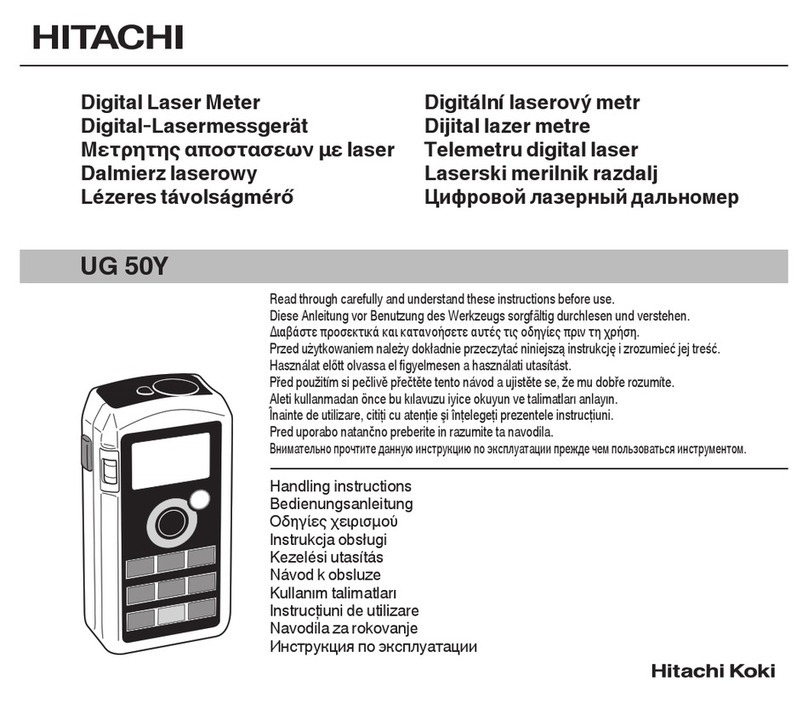
( 5 ) Q1E-EP0348
Contents
page
1.Introduction ................................................ 1
1.1Features ......................................................... 1
1.2Principles of operation .......................................... 1
1.3Intended Use ..................................................... 2
1.4Composition ...................................................... 2
1.5Accessories (OPTION) ............................................. 2
1.6Construction ..................................................... 6
2.Introduction ................................................ 7
2.1Inspection for Appropriate Connection ............................ 7
2.2Inspection for Material Surface .................................. 7
3.Operation Procedure ......................................... 8
4.Reprocessing Procedure ..................................... 10
4.1Point of use (Pre-cleaning) ..................................... 13
4.2Containment and transportation .................................. 13
4.3Manual Cleaning and disinfection ................................ 13
4.4Drying .......................................................... 16
4.5Inspection ...................................................... 16
4.6Packaging ....................................................... 16
4.7Sterilization ................................................... 16
4.8Storage ......................................................... 18
5.Maintenance and Safety Inspection .......................... 18
5.1Daily check ..................................................... 18
6.Safety Precautions ......................................... 19
7.Specifications ............................................. 20
7.1Probe ........................................................... 20
7.2Suppliers List .................................................. 21
8.Disposal of the probe ...................................... 22






























